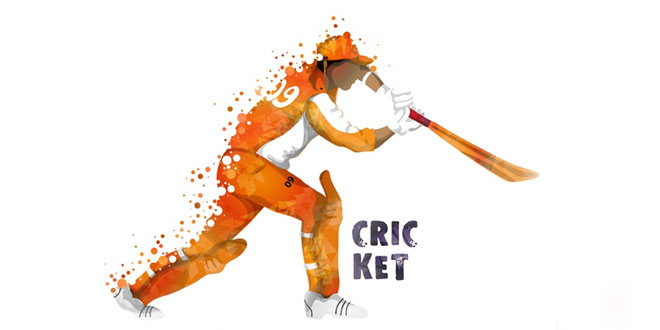History and Sport: The Story of Cricket – Page [I]
Question: Name the country in which the cricket originated?
Answer: The cricket originated in England.
Question: Mention any two peculiarities of Test Cricket.
Answer:
- A match can go on for five days, and still end in a draw.
- No specification regarding the size or shape of the ground.
Question: When were the laws of cricket drawn up? Mention any two laws.
Answer: The laws were drawn up in 1774.
- The stumps must be 22 inches and the bail across them should be six inches.
- The ball must be between 5 to 6 ounces.
Question: When was the world’s first cricket club formed?
Answer: It was formed in Hambledon in 1760s in England.
Question: Name the first club which became the guardian of cricket’s regulations. When was it formed?
Answer: Marylebone Cricket Club was the guardian of cricket regulations. It was formed in 1788, in London.
Question: ‘The MCC’s revision of the laws brought in a series of changes in the game that occurred in the second half of the eighteenth century.’ Mention any two such changes.
Answer:
- During the 1760s and 1770s it became common to pitch the ball through the air, rather than roll it along the ground.
- The weight of the ball was limited to between 5 1/2 to 5 3/4 A ounces, and the width of the bat to four inches.
Question: Cricket’s connection with a rural past can be seen in the length of a test match and the size of a cricket ground. Justify.
Answer:
- Originally, cricket matches had no time limit. This is because the rhythms of village life was slower.
- Cricket was originally played on country commons, and unfenced land that was public property.
Question: ‘But in the matter of protective equipment, cricket has been influenced by technological change.’
Answer:
- The invention of vulcanized rubber led to the introduction of pads in 1848 and protective gloves.
- Soon after helmet made out of the metal and synthetic lightweight materials was also introduced.
Question: Who were the amateurs?
Answer: The rich players, who played cricket for leisure were known as amateurs.
Question: Who were the professionals?
Answer: The poor who played cricket for a living were called professionals.
Question: ‘The rich were amateurs for two reasons’. Mention the two reasons.
Answer:
- They considered sport a kind of leisure.
- There was not enough money in the game for the rich to be interested.
Question: ‘The laws of cricket always give the benefit of doubt to the batsman’. Why?
Answer: The laws of cricket, give benefit of doubt to the batsman because amateurs, i.e. the rich tended to be batsmen. As most of the clubs were controlled by the rich, they molded the laws according to their needs.’
Question: ‘Traditionally, the captain of the cricket team was a batsman.’ Give reasons.
Answer: Traditionally, the game was played by amateurs and professionals. Amateurs were rich people who played the game for leisure. Amateurs tended to be batsmen. So to keep their social superiority,a batsman was chosen as the captain.
Question: Name any two counties where cricket was spread by the Britishers.
Answer: South Africa, Zimbabwe, Australia, New Zealand, West Indies and Kenya.
Question: Who were the mulattos?
Answer: These were light the skinned people. The first Non-White Club in the West Indies was established by these mulattoes.
 Class Notes NCERT Solutions for CBSE Students
Class Notes NCERT Solutions for CBSE Students



